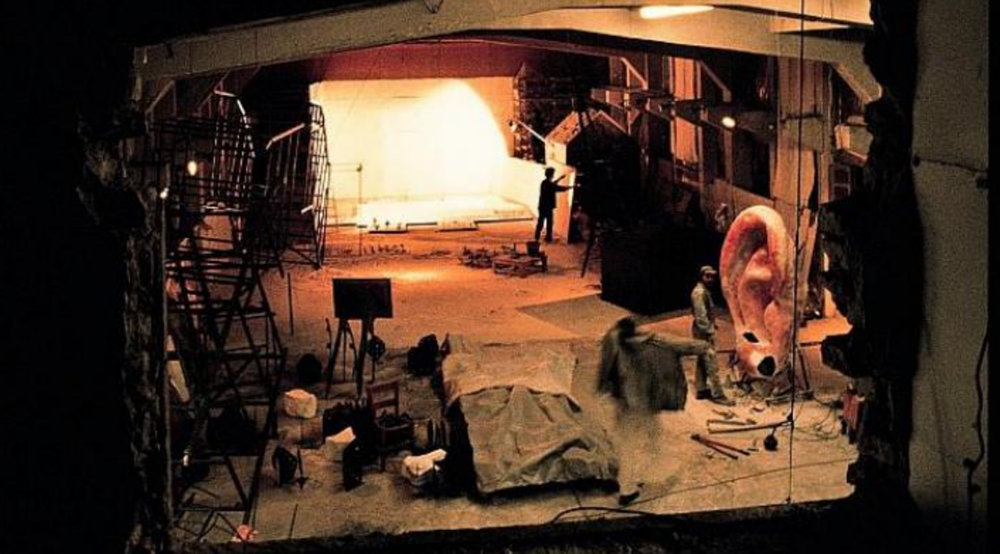
As a monument was characterized by the Ministry of Culture the industrial building, workshop of sculptor Georgios Lappas, on 155 Heraklion Avenue, Amissou and Sangarios streets in the Municipality of Nea Ionia, as a result of the initiative, two years ago, the Minister of Culture Lina Mendoni, to move the relevant process of declaring the monument. The Central Council of Modern Monuments gave its opinion in favour of the classification of this building as a monument as it has remarkable architectural and morphological characteristics, belonging to the special category of industrial complexes of the first half of the 20th century. It is a landmark of the industrial history of the area as an interesting example of creative re-use of a building, as it was converted, at the end of the 1970s, into a workshop of the important sculptor Georgios Lappas.
The Minister of Culture, Lina Mendoni, said: “In connection with the designation, as a monument, two years ago, of the adjacent Cotton Mill Factory, in the context of our responsibilities and obligations, we took the initiative to rescue the memory and the workshop of Georgios Lappas, highlighting his work along with the historical and social value of the building that has been inextricably linked to the past and the identity of the residents of the area. This building, an example of 20th century industrial architecture, is inextricably linked to the artistic creation and life of Georgios Lappas, one of the most important sculptors in Greece and abroad, as well as to the history of Nea Ionia. The building, having a central position in the pioneering industrial structure and installation of the “Greek Wool Factory”, at the same time, has remarkable architectural features that make it an important document for the study of the evolution of architecture and the region from an economic, industrial, social and cultural point of view. In the workshop areas, apart from the sculptor’s work, there are traces of work on the site in the form of material drawings and drafts. There are formats of different archives of collections and classifications of sculptures, object-witnesses, drawings-pictures and reports made by him. Also, as a multi-layered open cultural construction site, there are also the machine layouts, raw materials, processed and unprocessed materials and tools, which were used until recently for this unique outstanding artistic activity. Also important are traces of the form of daily habitation and lived experience that the artist developed by making ephemeral and reversible individual light interventions that he continually made to the site and the building. Georgios Lappas was a great sculptor and academic teacher”.

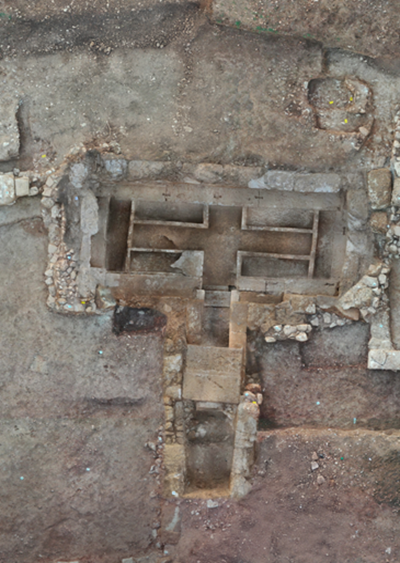
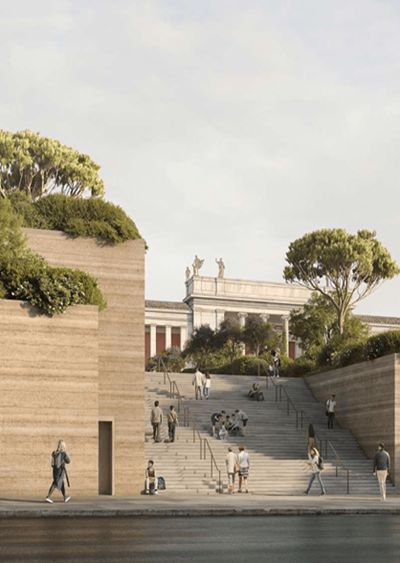
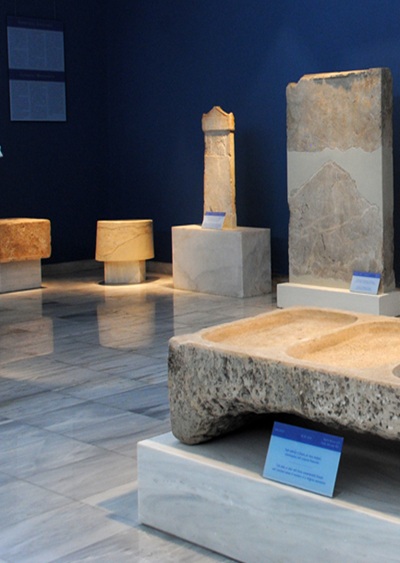
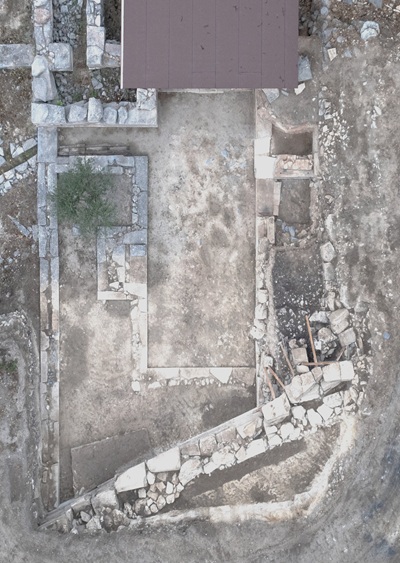


Leave A Comment